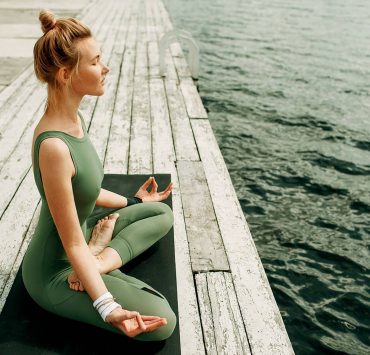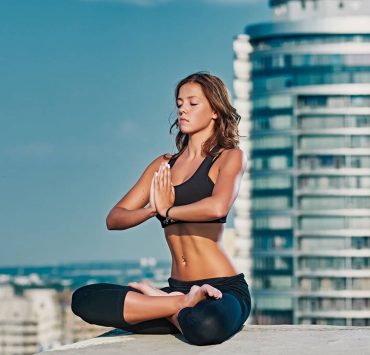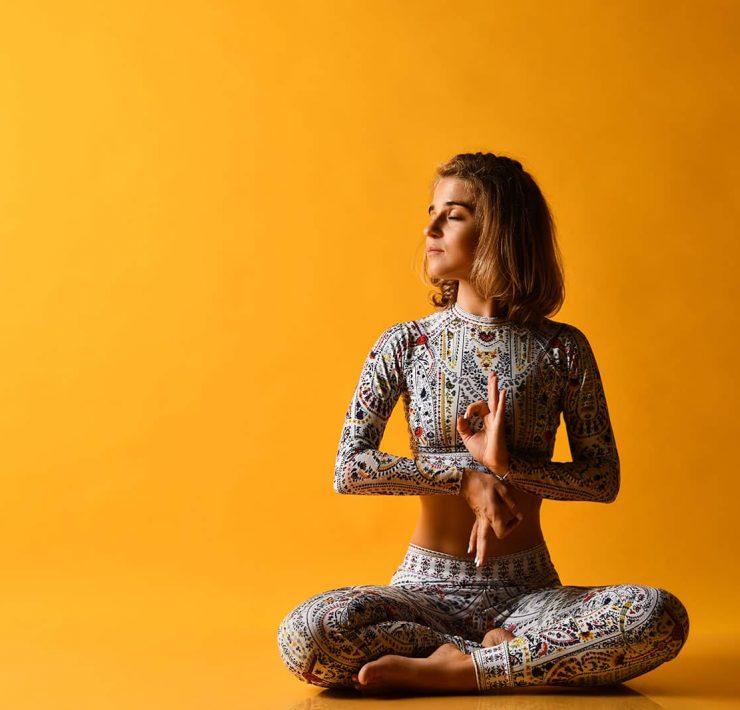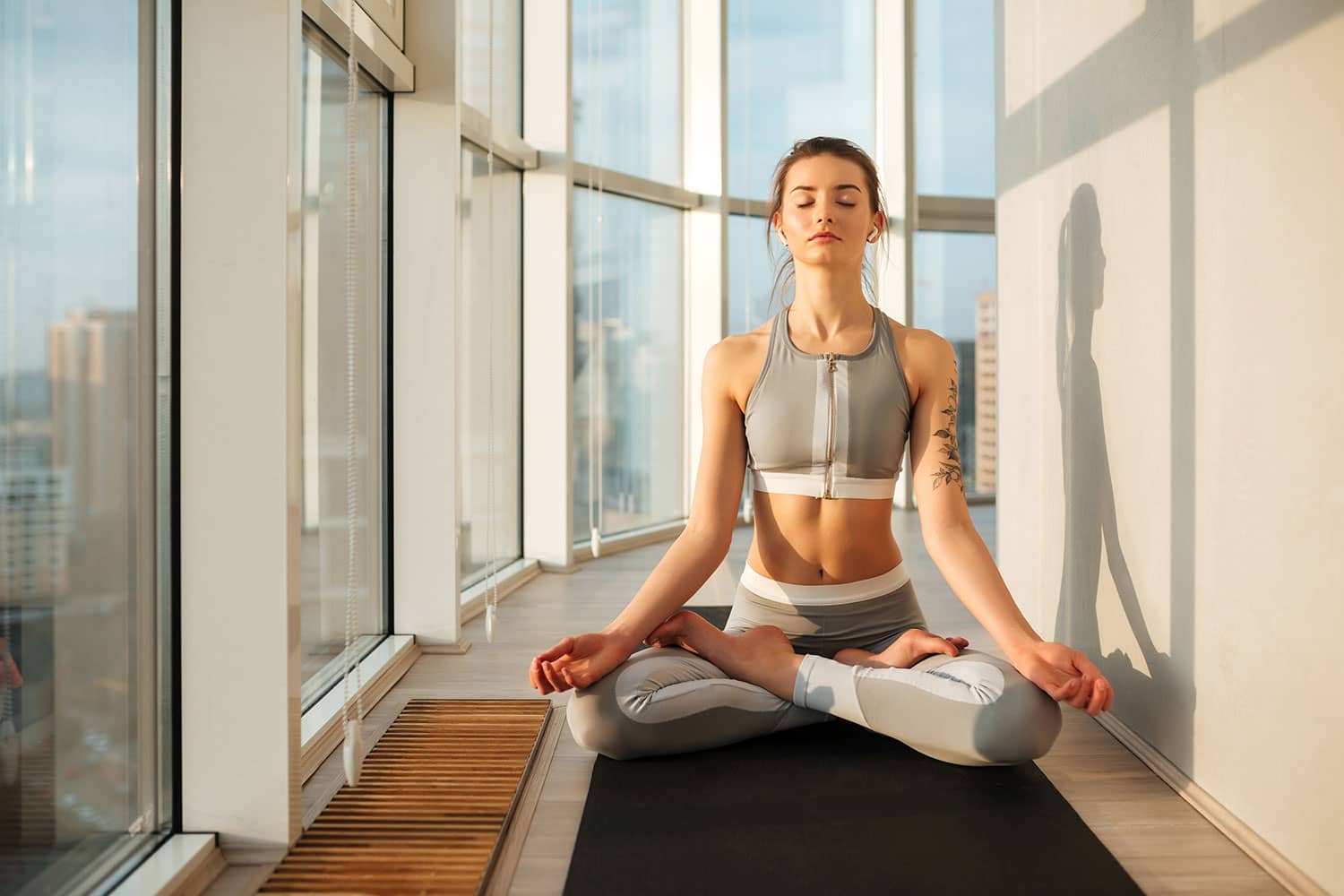
Susan views the world through a lens of spirituality, health,…
So many people are talking about the benefits of meditation. But with so many traditions and styles of meditation, it can get a little confusing. The good news is, there isn’t necessarily only one way to meditate.
The practice of meditation has been around for thousands of years. The exact date of when humans began to meditate is unknown but wall art from the Indus Valley Civilization – around 5000 B.C.E. – shows archeological evidence of meditation.
According to yogic philosophy, meditation is a state of transforming the mind. There are many practices to achieve this. All meditation techniques help you understand your own mind better in order to control it just as you would control your limbs to help you walk or do other daily activities.
How to Prepare a Yourself for Meditation
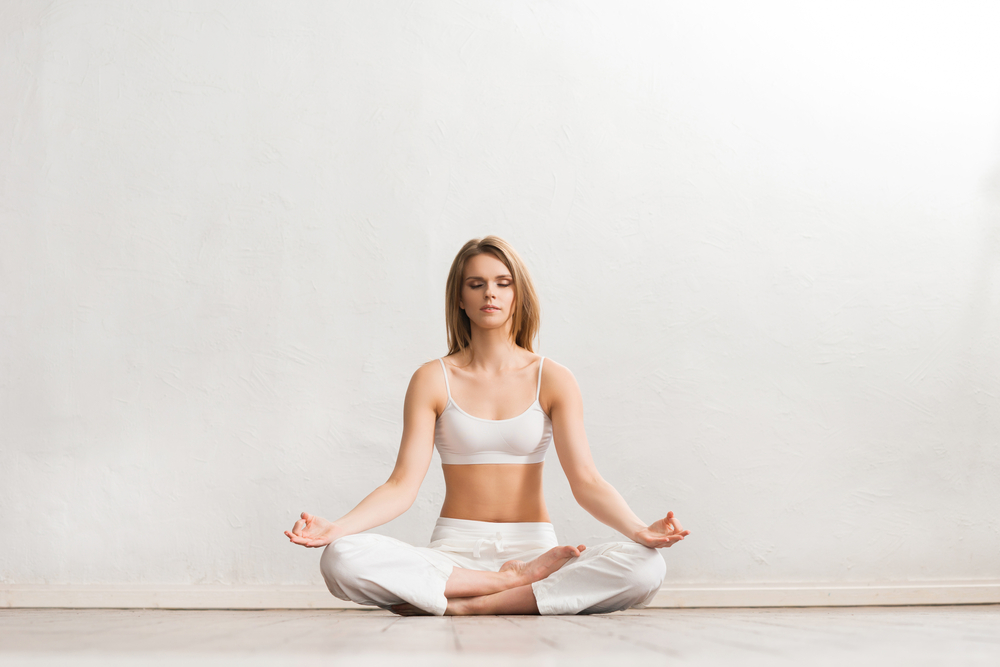
Once you decide to give this ancient practice a try, it’s best to remind yourself that above all, meditation is a practice. Just like any skill, it takes time, dedication, and allowing yourself a regular time to practice it everyday.
For many in the modern world, the mental preparation for meditation is the hardest part. Modern life is fast-paced, demanding, and busy. It’s hard to imagine that sitting down for a few minutes in silence can have so many benefits.
But there is a reason why this practice has been around for thousands of years and has been adopted by spiritual and secular traditions all over the world. Even modern technologies are finding ways to facilitate meditation practices.
So the first way to prepare yourself for meditation is to dedicate a specific time everyday for your practice. Ideally, also set aside a comfortable place to meditate where you can be undisturbed.
How to Set-Up a Meditation Space
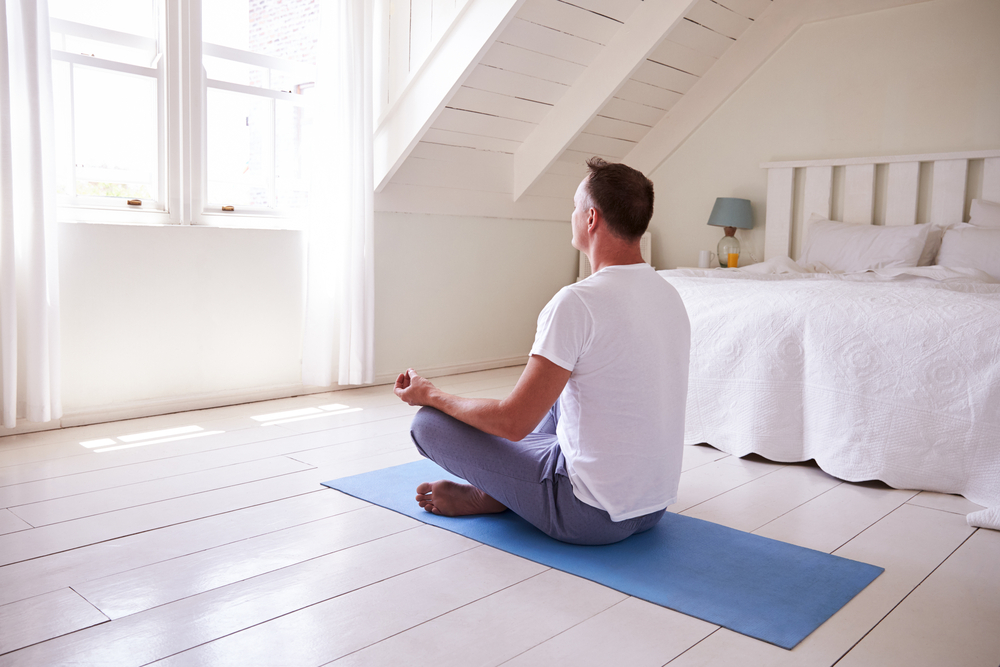
Your personal meditation space can be as simple or elaborate as you need or want it to be. And it can always change. Some people simply have a special chair to sit on, pillow on the floor, or yoga mat set up in a special corner of their home to meditate.
Others may have their own “healing room” with statues or paintings on the walls of different deities or teachers who are important in their particular spiritual path.
One thing that all meditation spaces have in common is the intention put into it. The space is a place to put aside worldly desires and turn towards the inner work that is needed to turn off and transform the clutter of the mind.
Top 10 Questions About Meditation
One of the best things about meditation is you don’t necessarily need to undergo extensive training to start your personal practice. But there are still some practical aspects to think about as a beginner.
These are ten of the most frequently asked questions about meditation and how you can apply it in your daily life.
1. Why Should I Start Meditating?
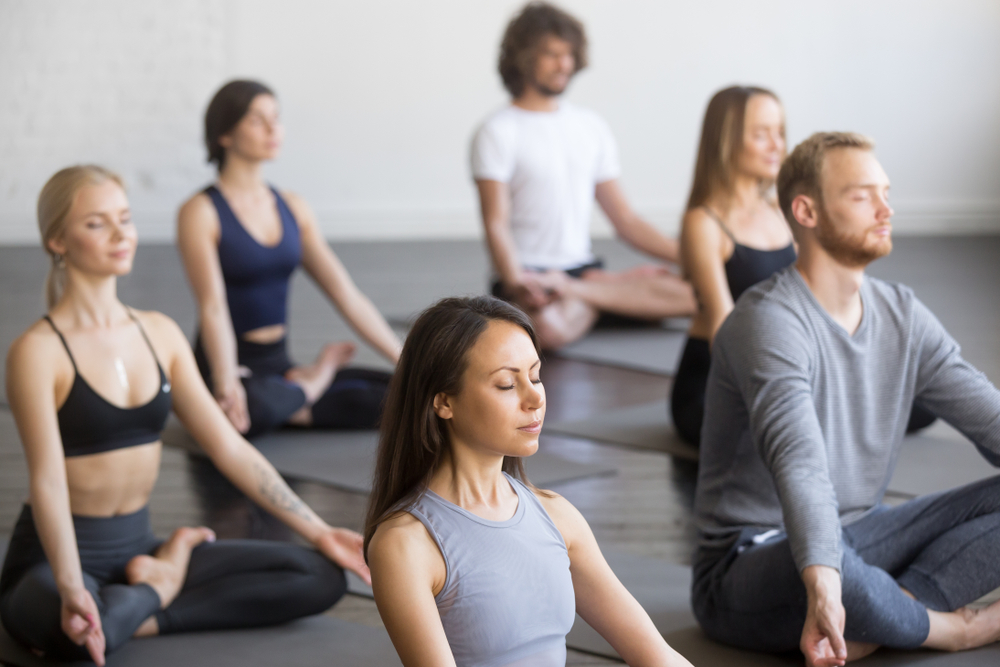
One of the main reasons people these days start meditating is to deal with stress. Numerous studies show that meditation is indeed effective as a stress reliever. As a result, the practice also reduces other ailments that are often aggravated by stress. These are some of the known benefits of mediation:
- Reduces stress, depression, and anxiety
- Lowers blood pressure and improves cardiac health
- Helps you sleep better
- Regenerates cells faster
- Promotes faster healing
- Reduced chronic pain
- Increases creativity and productivity
- Helps you work better with others
- Lets you live longer and healthier
- Gives you feelings of bliss and lightness
2. How Long Should I Meditate?
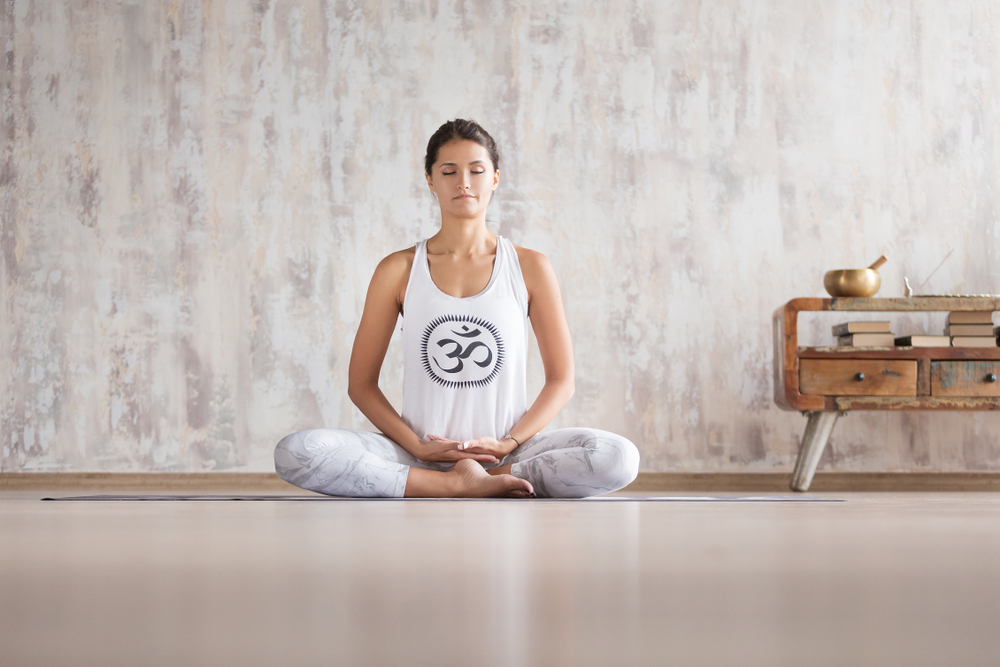
Some traditions encourage you to set aside at least 15-20 minutes once or twice daily for meditation. This can be challenging for beginners. The good news is, you can already reap the benefits of meditation even if you start with just three minutes a day.
When you are at the beginning of your practice, the right intention you put into your meditation is more important than the amount of time you put into it. Once you’re able to sit still for three minutes, you can extend your meditation time to five minutes, 15 minutes, 45 minutes, or even two hours or more dedicated to meditation.
3. Will Meditation Make Me Too Spaced Out?
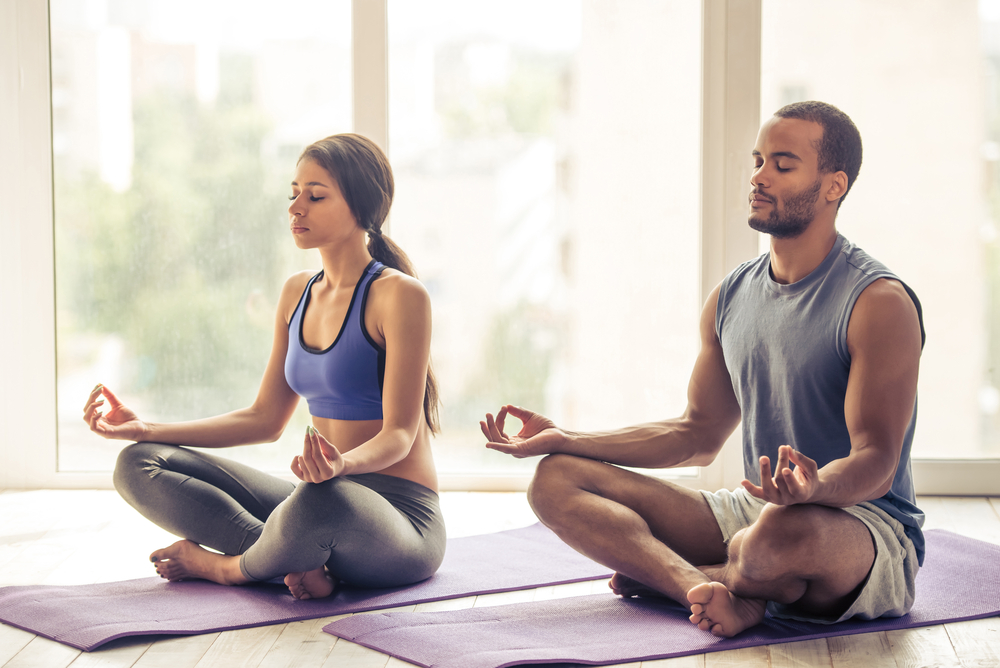
While the benefits of meditation are numerous, there are also recorded negative effects of meditation which cannot be ignored. One of these is the idea that meditation may make you too spaced out for other activities.
But some of these perceived negative effects are the result of misunderstanding what meditation and yoga in general is.
The practice of meditation has the ability to bring to the surface what is already bubbling inside you. It helps you take a good, long, and sometimes hard look at your true self. This is why many traditional lineages stress the importance of learning meditation from a guru who can guide you gracefully through what may arise.
Most traditional lineages of meditation will have exercises to help ground you so that you can integrate your meditation experience back into your everyday life. Some of these practices include:
- Giving yourself a simple self-massage after meditation
- Saying your name out loud after meditation
- Walk barefoot or hug a tree after you meditate
- Eat a warm, grounding food after meditation (i.e. potatoes, avocados)
- Write in your journal before and/or after you meditate
- Practice something you like doing, like music, art, or cooking, right after meditation
In some Buddhist traditions, this feeling of being “spaced out” is associated with a state called lung. The only cure for it is to stop meditation and yoga and drink a glass of wine.
4. Is Meditation Religious?
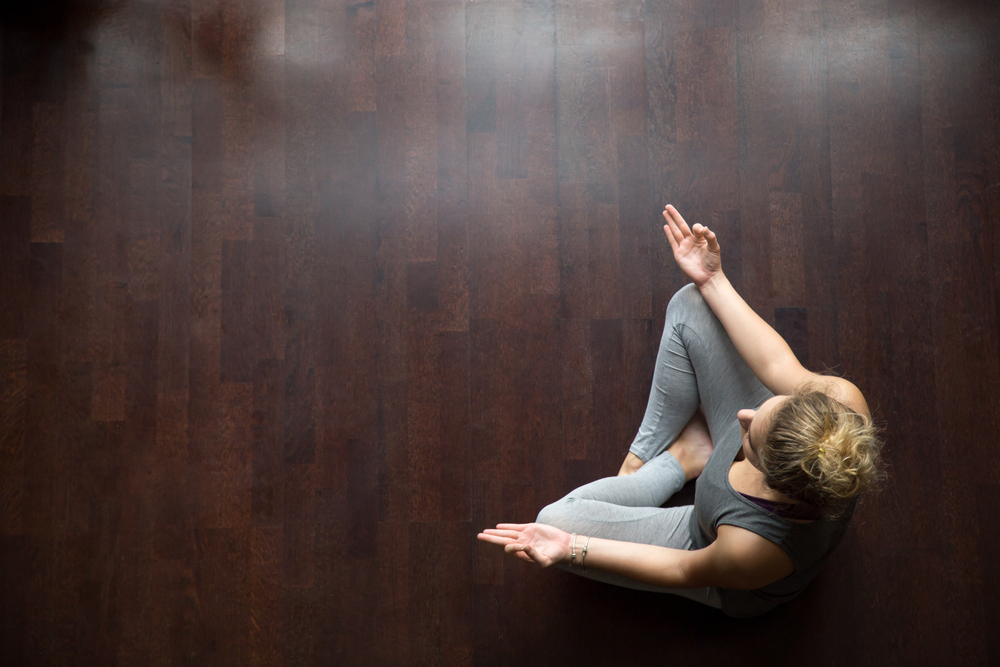
While traditional meditation lineages have their origins in the vedas of India or in the spiritual beliefs of Buddhism, the practice of meditation itself is not inherently religious. Many spiritual traditions have adopted meditation and there are even meditation practices today which are completely secular. Meditation practices that do not require initiation or belief in a specific religion include:
- Mindfulness Meditation
- Japa Meditation
- Guided Meditation
- Transcendental Meditation
5. Can I Meditate on a Chair Instead of On the Floor?
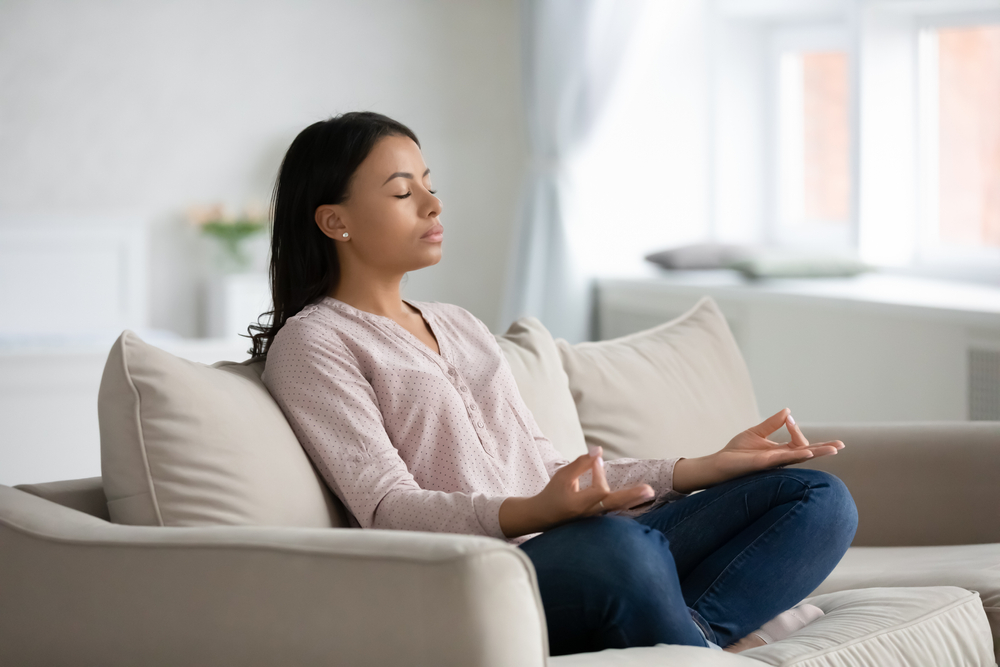
If you are unable to sit comfortably on the floor then you most definitely can meditate while sitting in a chair instead.
It’s important for you to be as comfortable as possible without falling asleep. Here are some tips to achieve this balance:
- Keep your knees below the level of your hips whether you are sitting on the ground or in a chair
- Maintain a long spine and wide chest
- If needed, use a backrest but not a head rest
- Sit on a cushion that is firm, not too soft
- Keep a shawl or blanket within reach so you can place it on yourself without having to open your eyes or get up
6. Can I Meditate with My Eyes Open?
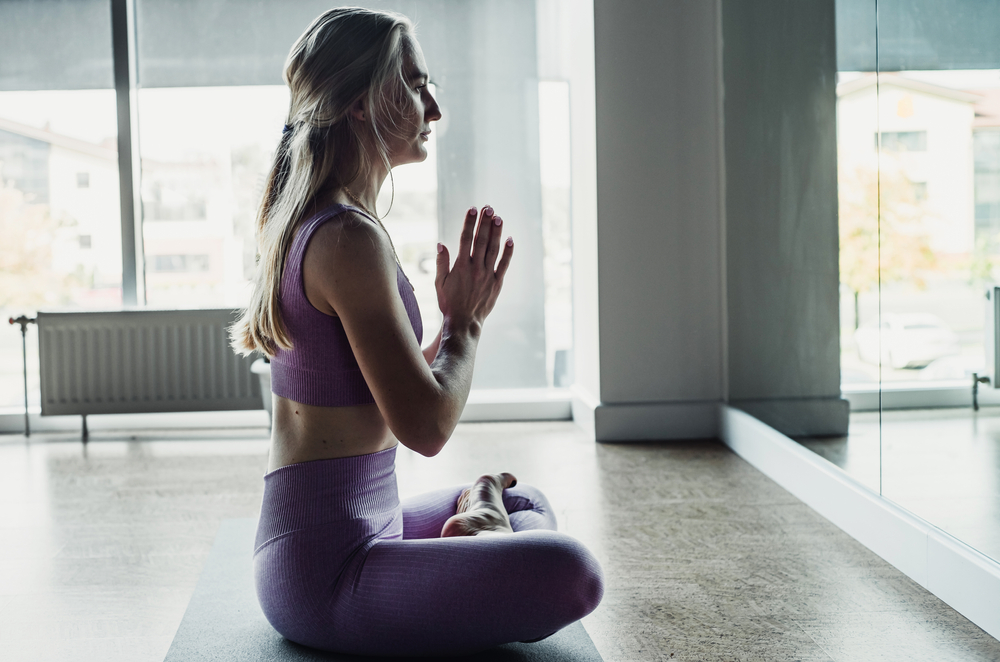
Most meditation practices instruct you to close your eyes. But some people, for various reasons, are unable to keep their eyes closed for extended periods of time. In these cases, it is perfectly acceptable to practice open eye meditation.
Some open eye meditation techniques will have you gaze softly on a drishti. This is a focus point where you can concentrate on, similar to how you would look at a certain spot while practicing yoga asana.
These are some examples of open eye meditation practices:
- Meditate looking up in-between your brows at your Ajna Chakra or third eye
- Meditate while looking at a candle flame
- Meditate while looking at the image of a guru, yogi, or deity
- Meditate with your eyes cast downwards at your own body
- Meditate while looking at your reflection
- Meditate while eye-gazing with another mediator
- Meditate while reading and reciting mantras, scriptures. or inspirational words
- Practice walking meditation
With practice and time, the obstacle that is keeping you from closing your eyes for meditation may reveal itself and eventually fall away. When you are ready, you will be able to relax and close your eyes for meditation.
7. What If I Fall Asleep?
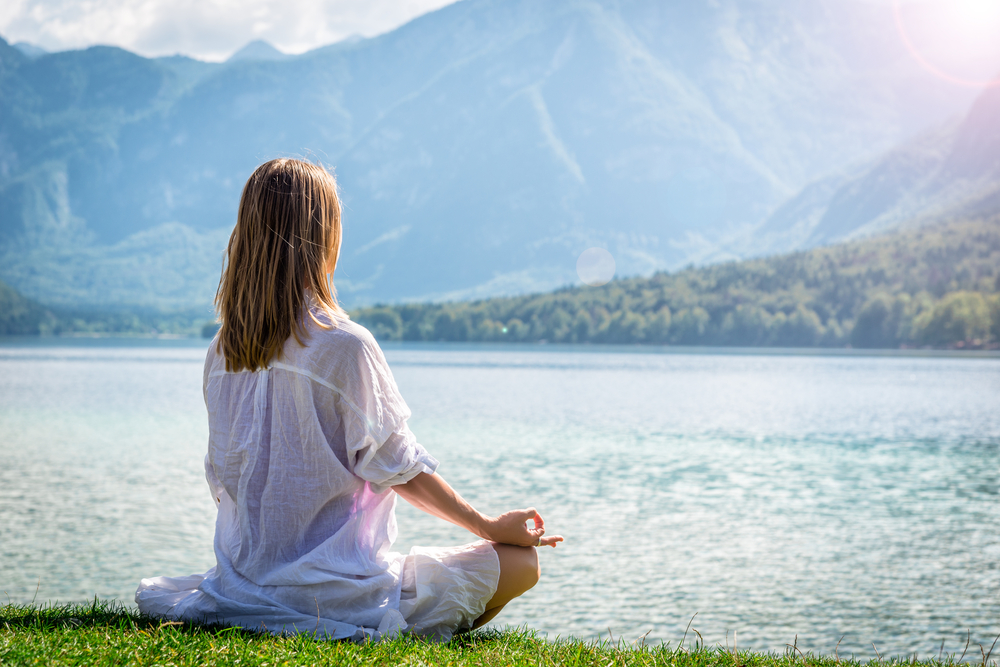
Meditation is supposed to help you reach a deep state of relaxation. Your body may not be used to this and it won’t be surprising if you fall asleep when you try to meditate for the first few times. Don’t worry about this. It is a natural reflection of your state of mind.
Perhaps you are tired and stressed in your normal life so meditation is allowing you the time to sleep. If you are simply too exhausted to stay awake while meditating, give your body the rest it needs and then try to meditate again.
In time, your body and brain will learn that it will get the rest it needs during meditation. But if you would like to try a few techniques to stay awake while you practice meditation, here are some you can try:
- Practice a more active meditation like walking, shaking, or open eye meditation
- Meditate with a group
- Meditate with the lights on
- Meditate outdoors
- Don’t meditate on a full stomach
- Take a tepid or cool (not freezing!) shower right before you meditate
- Set a gentle bell sound to ring every 2 or 3 minutes while you meditate
8. What if My Mind is Too Active?
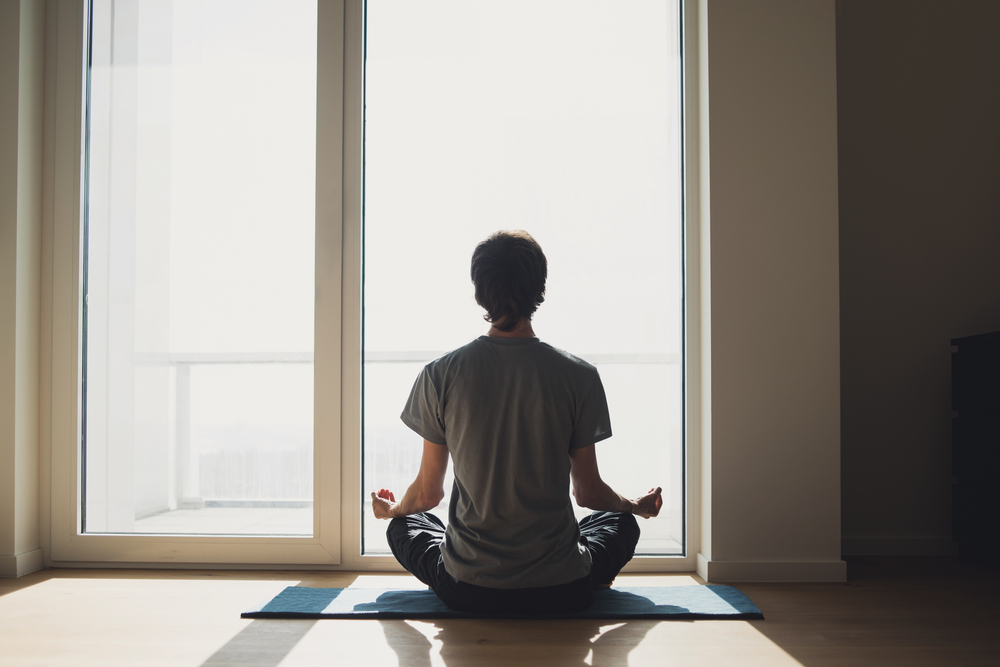
Your mind is never too active to meditate. In fact, the reason why people meditate is to learn to not be affected by the ever-present thousands of thoughts running through their minds every single second.
It may be frustrating at first to try to focus on meditation and then suddenly catch yourself going through your grocery list, or thinking about that TV show you just watched, or something random like a papaya. This is perfectly normal and it’s part of the process of learning how to meditate.
Contrary to what many people think, meditation is not a practice to push away these thoughts, ignore them, or even stop them.
In Patanjali’s Yoga Sutras, the sage wrote this second verse:
1.2 yoga citta vritti nirodha
Yoga is to quiet the fluctuations of the mind.
The mind is always thinking – that is simply what it does. You cannot stop thoughts because that is like telling your heart to stop beating. What you can do is to quiet the thoughts enough so that you are not caught up in them. That is the purpose and practice of meditation and yoga.
9. How Do I Meditate with Kids or Roommates?
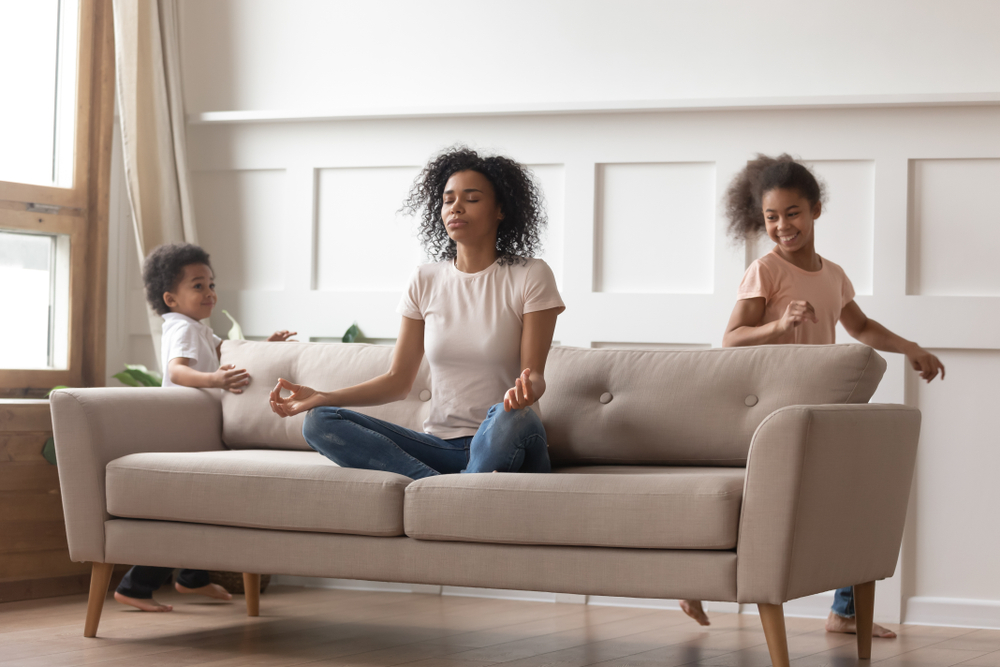
People think that they can’t possibly meditate with a house full of kids or roommates. But meditation does not have to be a practice of isolation. You can include anyone who lives with you in your practice. But if you prefer to meditate alone, there are ways to set your boundaries to have your private time and space for meditation.
In the case of either kids or roommates, here are some suggested actions you can take:
- Hang a sign on the door to the room where you intend to meditate and let them know that this sign means you are not to be disturbed unless there is an emergency
- Talk to your kids and roommates. Let them know that this practice is important to you and you would appreciate their support
- Schedule your meditation when you know those you live with are also doing something else or out of the house
When you feel comfortable enough to meditate with others, don’t hesitate to invite your roommates or kids to meditate with you. In the case of kids, they love imitating what their parents do and you may be surprised how long they will sit still with you.
Studies show that meditation is beneficial for children. Many schools are even replacing detention with meditation with positive results on children’s behaviour and performances.
If you want to get your kids involved in meditation, remember that they do not have to practice seated meditation with you. Meditation and mindfulness can be incorporated into other areas of life such as when taking walks together, while eating, or even while doing household chores.
10. What’s The “Right” Way to Meditate?
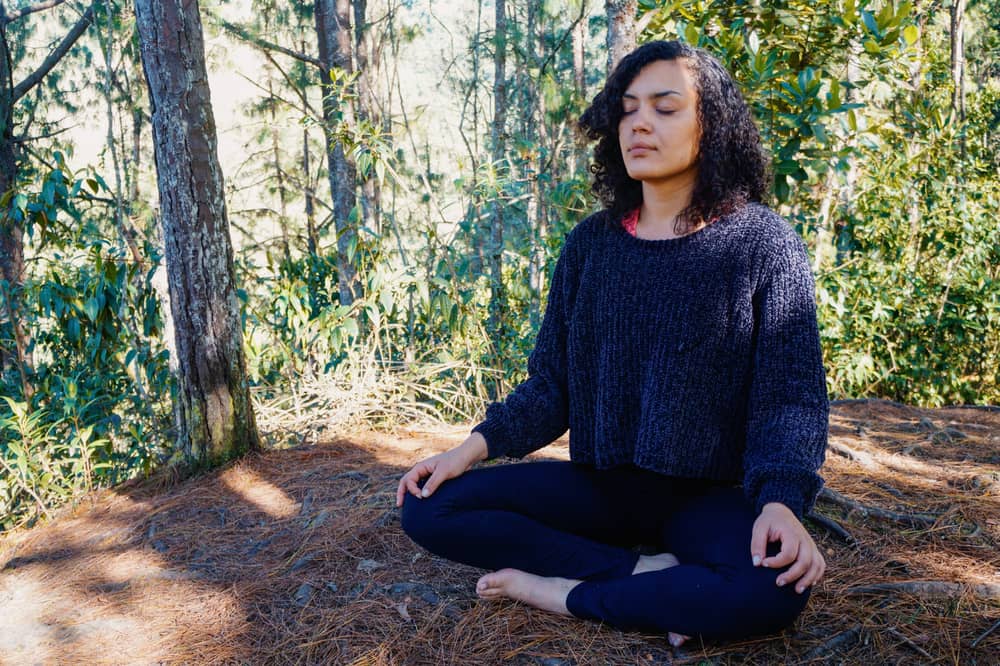
The practice of meditation has been around for thousands of years. It’s no surprise that there are so many different ways to approach the practice. The simple answer is, there is no single right way to meditate. Many schools have their own approach and philosophies on how to meditate. But how the practice applies to you is completely your own.
Be wary of anyone who says that theirs is the “correct” way to meditate. Asking questions and practicing discernment is a quality that meditation will enhance to help you make the right decisions for yourself.
What's Your Reaction?
Susan views the world through a lens of spirituality, health, and compassion. Her positive outlook on life shines through her writing, which is heavily focused on yogic living, meditation, and conscious eating.






